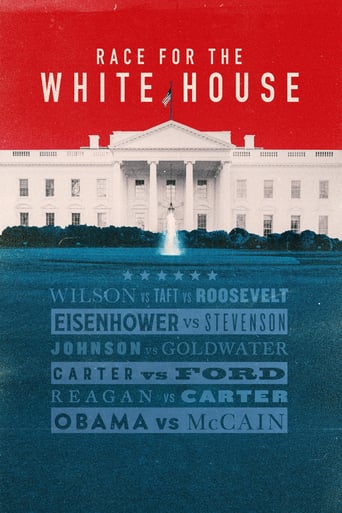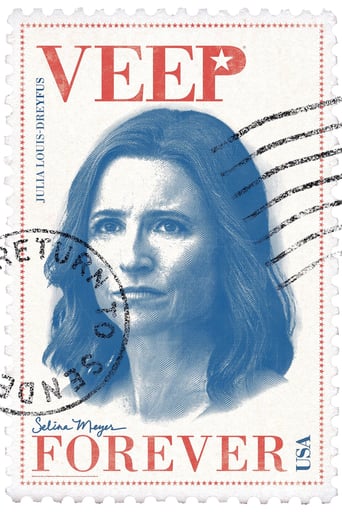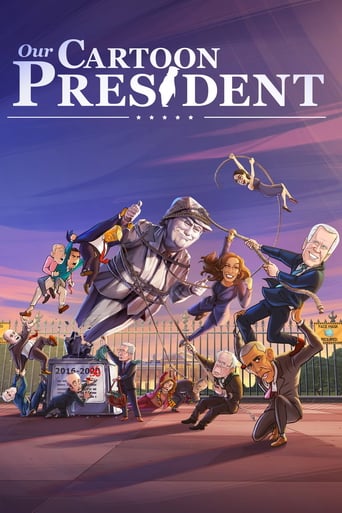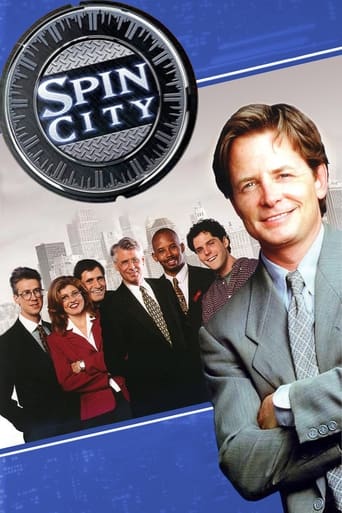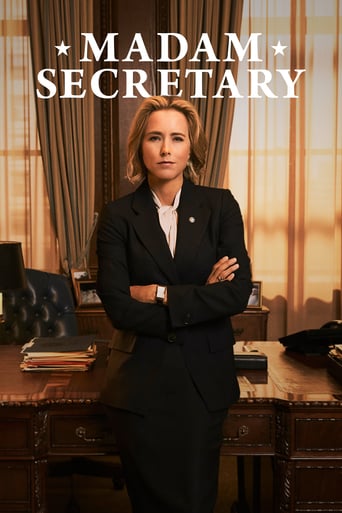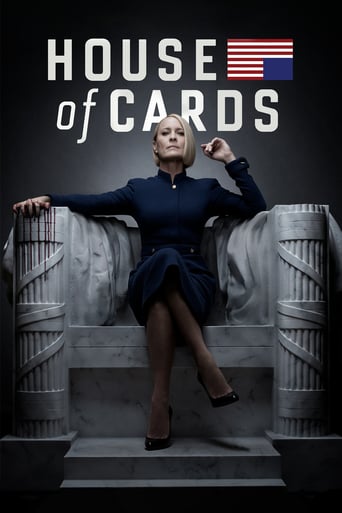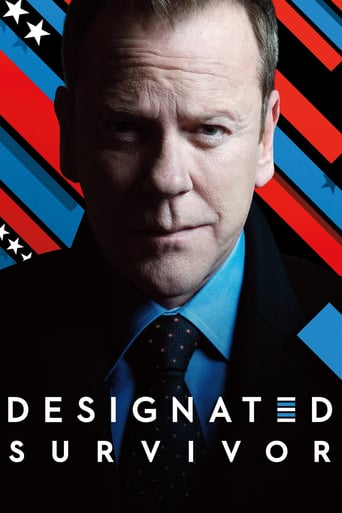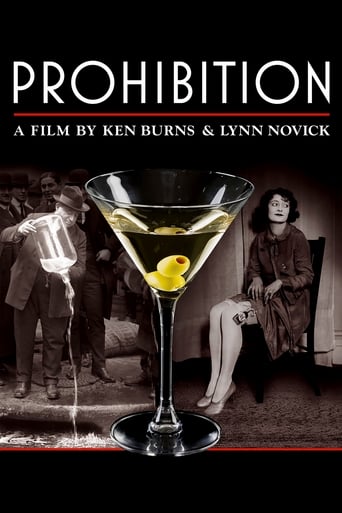The Contenders: 16 for '16 (2016)
The Contenders: 16 for '16
2016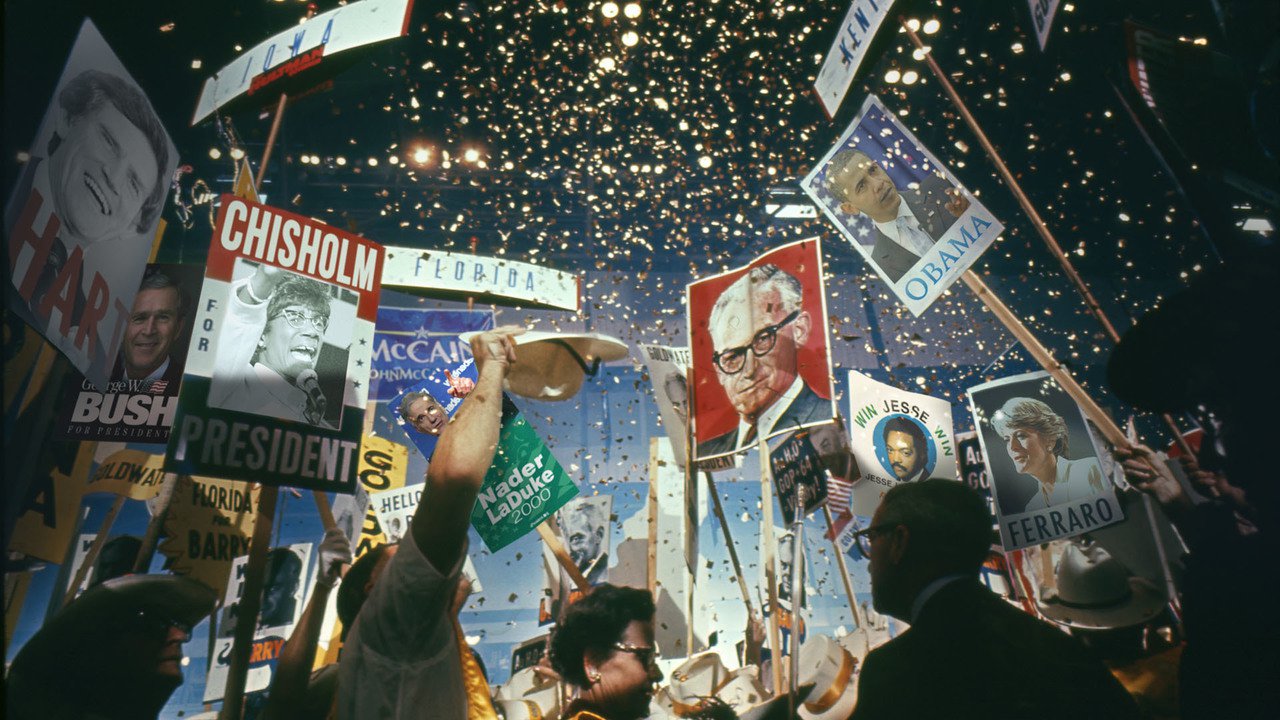
Revisit the most influential presidential campaigns of the last 50 years. From Jesse Jackson’s groundbreaking 1984 and 1988 campaigns to Barry Goldwater’s 1964 campaign that launched of a brand of conservatism that influenced both Ronald Reagan and Hillary Clinton.
Seasons & Episode
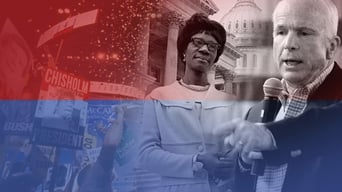
In a combative arena awash in double-talk and spin, the straight-shooters stand out. In her non-nonsense 1972 campaign, Shirley Chisholm, the first black woman in Congress, redefined how a presidential candidate should look and act. Aboard his famous “Straight Talk Express,” Senator John McCain hit the trail in 2000 and 2008 to convince voters he would put his country and not his party first.
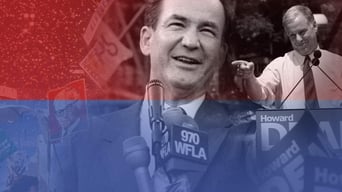
The presidential runs of Howard Dean and Pat Buchanan. Former Vermont governor Dean shook up the Democratic Party when he sought the nomination in 2004; and Buchanan did the same to the Republican Party with his 1992 and '96 bids before running as the Reform Party's candidate in 2000.
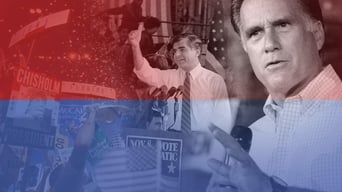
The presidential bids of two governors from Massachusetts, Michael Dukakis (1988) and Mitt Romney (2008 and '12). Both were unprepared to combat the unflattering portraits their opponents painted of them.

During the Republican-dominated Reagan years of the 1980s, two charismatic Democratic presidential contenders came to the forefront, hoping to define their party as the one of vision, inclusion and big ideas. And even though the Reverend Jesse Jackson and Sen. Gary Hart both came up short in 1984 and 1988, their candidacies would help shape their party’s trajectory for decades to come.
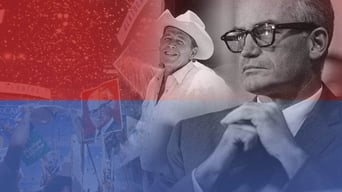
Sometimes a losing candidacy can alter the political landscape irrevocably. Arizona Sen. Barry Goldwater’s visionary conservatism lost in 1964 but it would influence the Republican Party for half a century. Goldwater’s heir apparent, California governor Ronald Reagan’s own unsuccessful 1976 campaign helped to lay the groundwork for his presidency during the 1980s.
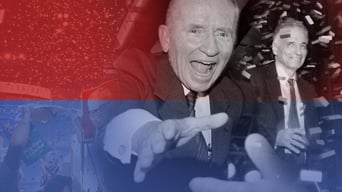
One of the toughest tasks in modern presidential campaigns is mounting a competitive third party bid that can siphon attention—and votes away—from the major party candidates. Texas billionaire Ross Perot’s unconventional campaign would excite and disrupt the 1992 election, while consumer advocate Ralph Nader’s success in 2000 would leave many liberals labeling him a “spoiler.”

Before Hillary Clinton’s cracked the glass ceiling for presidential nominees in 2016, two other American women made their own mark on that ceiling: vice presidential nominees Geraldine Ferraro and Sarah Palin. Both trailblazing candidates would take their party convention by storms and add energy and excitement to their respective tickets before ultimately coming up short in November.
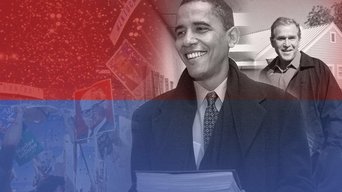
Despite vastly different backgrounds, George W. Bush and Barack Obama, two of the best campaigners in presidential history, both won two-term presidencies in the 21st century. Bush won a hotly contested Republican primary before narrowly beating Democrat Al Gore in 2000. Barack Obama went from relative obscurity to a history-making campaign in just a few years, riding a wave of hope and change to the White House.
Revisit the most influential presidential campaigns of the last 50 years. From Jesse Jackson’s groundbreaking 1984 and 1988 campaigns to Barry Goldwater’s 1964 campaign that launched of a brand of conservatism that influenced both Ronald Reagan and Hillary Clinton.
Watch Trailer
Free Trial Channels
























